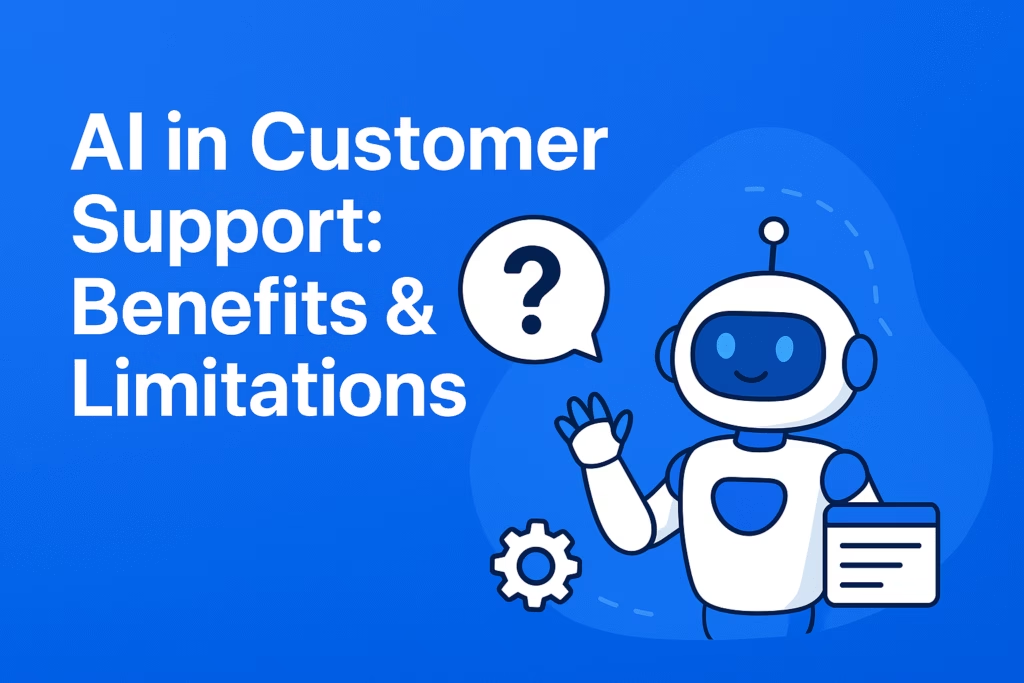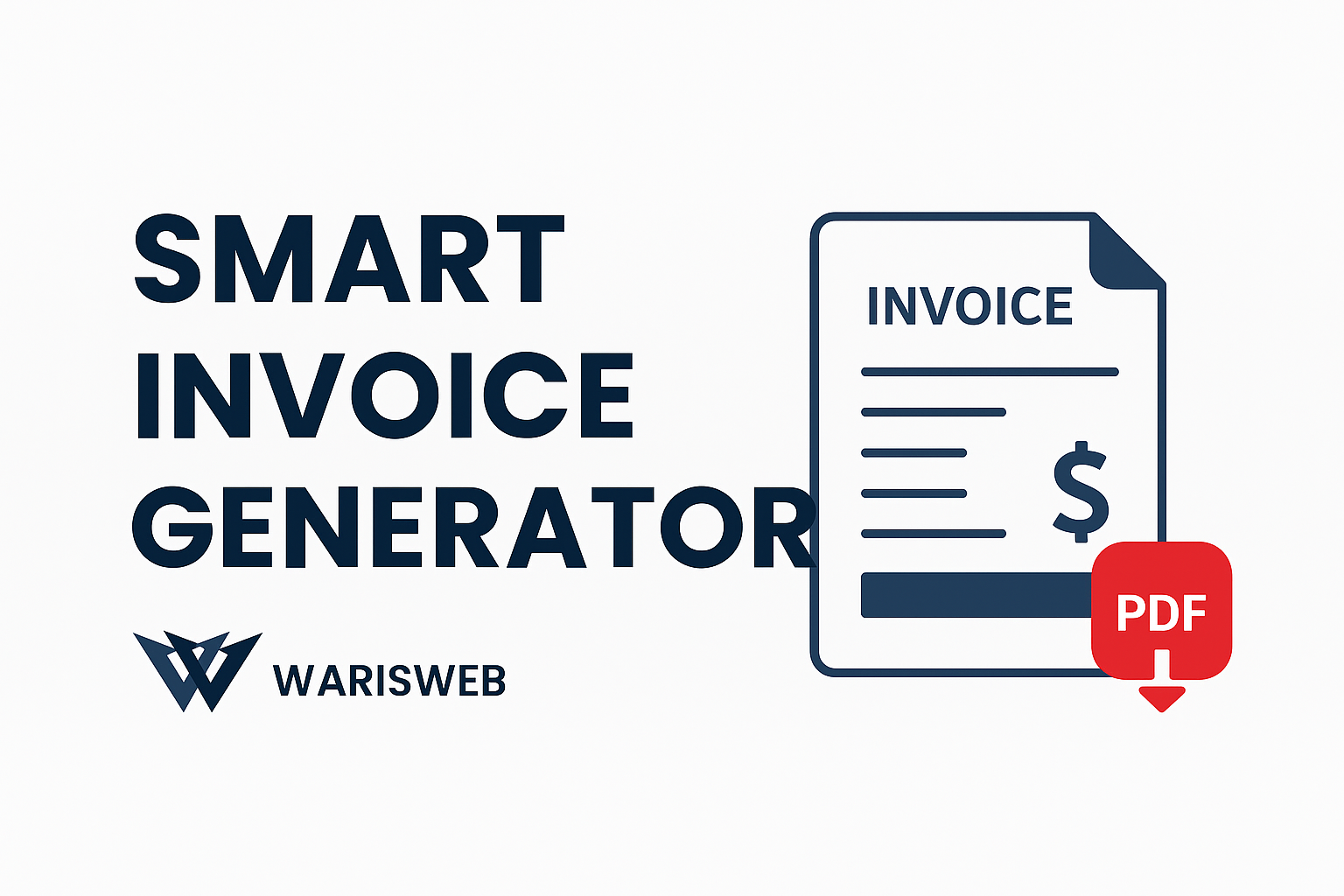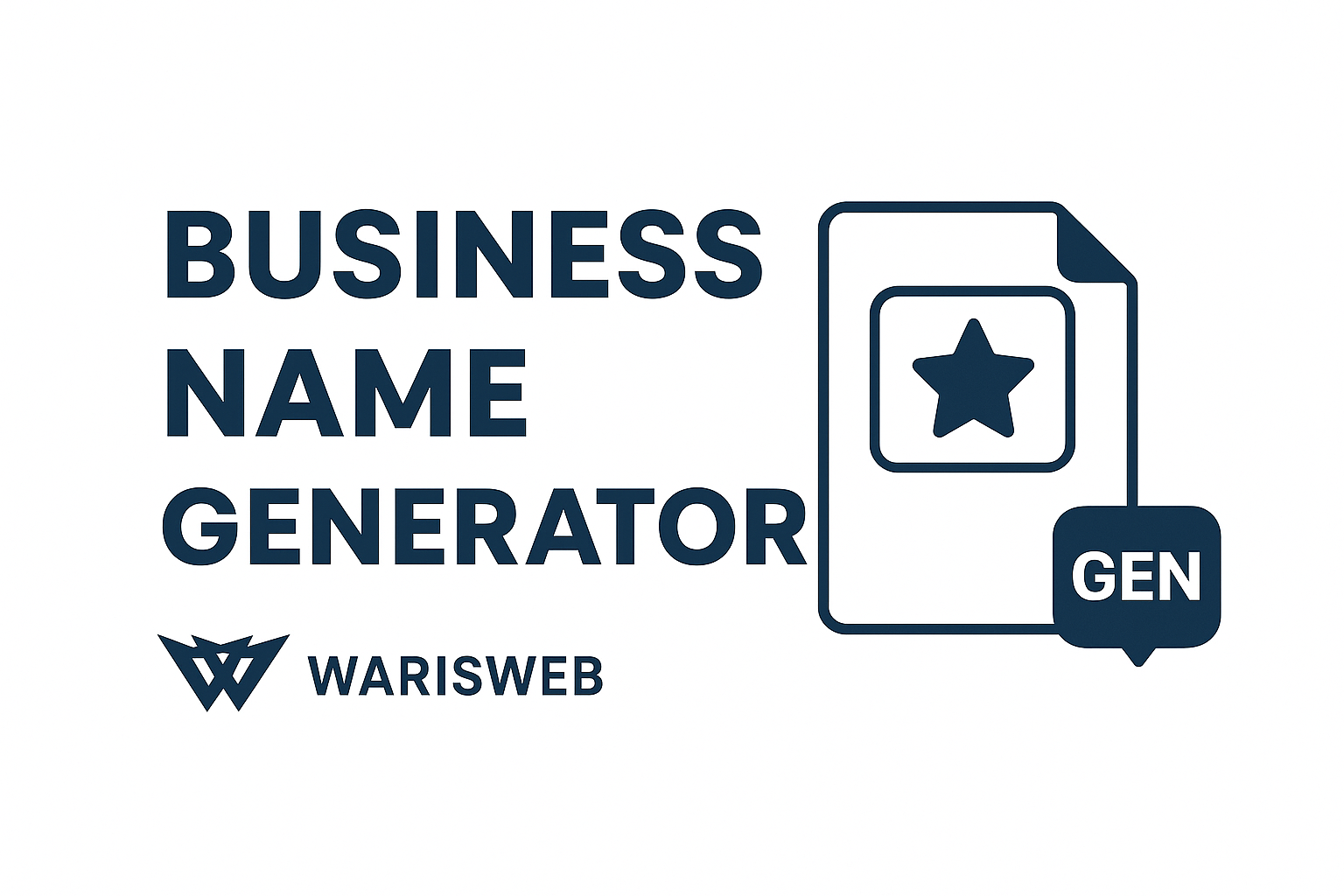AI in Customer Support: Benefits & Limitations

Picture this: It’s 2 AM, and a customer in Tokyo has a urgent question about their subscription. Meanwhile, another customer in New York is frustrated because they can’t find their order confirmation. Five years ago, both would have to wait until business hours for help. Today? AI chatbots are already working on their problems.
AI has genuinely become a game-changer in customer support—powering intelligent chatbots, automating routine inquiries, and helping businesses serve customers around the clock. But here’s the thing: it’s not the magic solution that some marketing teams make it out to be.
Let’s dive into the real benefits and honest limitations of AI in customer support, based on what’s actually happening in 2025.
Benefits of AI in Customer Support
24/7 Availability
This is probably the most obvious win, but it’s worth appreciating how transformative this really is. AI’s ability to offer 24/7, round-the-clock support is reported as the top benefit by 50% of customer service teams.
Think about it—your customers don’t clock out at 5 PM. They’re shopping, using your software, and running into issues at all hours. AI chatbots never need coffee breaks, don’t call in sick, and don’t mind working holidays. They’re there when that midnight panic sets in because someone can’t access their account.
This isn’t just convenient for customers; it’s a competitive advantage. While your competitors’ customers are waiting until morning for responses, yours are getting immediate help.
Cost Savings
Let’s talk numbers. Companies are seeing average returns of $3.50 for every $1 invested in AI customer service, and it’s not hard to see why.
Human agents cost money—salaries, benefits, training, office space, and management overhead. AI handles repetitive queries that would otherwise consume hours of your team’s time. One well-configured chatbot can simultaneously handle hundreds of conversations about password resets, order status checks, and basic troubleshooting.
But here’s what the cost savings really enable: it frees up budget to hire better human agents for the complex stuff. Instead of burning through junior staff on routine questions, you can invest in skilled professionals who can solve real problems.
Faster Response Times
We live in an instant-gratification world. Customers expect immediate responses, and waiting even a few minutes can feel frustrating. AI delivers answers in seconds.
For straightforward questions—”What are your business hours?” “How do I change my password?” “Where’s my order?”—AI can provide accurate responses faster than any human could type them. This speed isn’t just about efficiency; it actually improves customer satisfaction because people feel heard and helped immediately.
AI’s time-saving ability is consistently reported as a top asset by both customers and agents, creating a win-win situation where customers get quick help and human agents can focus on meaningful work.
Personalization at Scale
Here’s where AI gets genuinely impressive. Modern AI systems can analyze customer history, preferences, and behavior patterns to deliver personalized responses to thousands of people simultaneously.
Imagine a returning customer asking about a refund. Instead of treating them like a stranger, AI can instantly access their purchase history, previous interactions, and account status to provide a tailored response. It might say, “I see you purchased the Premium plan last month and contacted us about billing questions before. Let me help you with this refund request and also check if there are any billing issues I can resolve.”
This level of personalization used to require detailed notes and exceptional human agents. Now it’s automated.
Data Insights
AI doesn’t just solve problems—it learns from them. Every interaction generates data about customer pain points, common issues, and service bottlenecks.
This intelligence is gold for businesses. You might discover that 40% of support tickets are about a confusing checkout process, or that customers consistently struggle with a specific feature. These insights drive product improvements, better documentation, and proactive solutions.
Human agents are great at solving individual problems, but AI excels at identifying patterns across thousands of interactions.
Limitations of AI in Customer Support
Now, let’s get real about where AI falls short. Despite all the hype, there are significant limitations that anyone implementing AI needs to understand.
Lack of Empathy
This is the big one, and it’s not just about being “nice.” AI creates a paradox of higher quality service yet less empathy, with customers often feeling unsatisfied or frustrated despite technically receiving correct answers.
When someone’s been charged incorrectly, lost an important order, or is dealing with a service outage that’s affecting their business, they don’t just want a solution—they want to feel understood. They need someone to acknowledge their frustration and show genuine care about making things right.
AI can simulate empathy with phrases like “I understand how frustrating this must be,” but it rings hollow because there’s no genuine understanding behind it. Real customer service problem-solving involves genuine empathy, active listening, and clear communication—not just copy-pasting scripted responses.
Limited Problem-Solving
For high-complexity tasks, consumers view human customer service as superior and are more likely to choose human help over AI, and there’s a good reason for this.
AI excels at routine queries but struggles with anything requiring creative thinking, connecting multiple systems, or understanding nuanced situations. If a customer’s problem involves a unique edge case, requires escalation across departments, or needs someone to “think outside the box,” AI hits its limits quickly.
For example, if someone says, “I ordered a laptop but received a book, and now I’m traveling for three weeks but need the laptop for a presentation next Tuesday,” a human agent can work creatively to solve this complex scenario. AI might get stuck on the standard return process.
Data Dependency
AI is only as good as the data it’s trained on, and this creates several problems. Poor, incomplete, or biased training data leads to poor AI responses. If your knowledge base is outdated, your AI will give outdated answers. If your training data contains biased responses, your AI will perpetuate those biases.
This creates an ongoing maintenance burden. Someone needs to continuously update training data, monitor AI responses for accuracy, and correct mistakes. It’s not a “set it and forget it” solution—it requires constant attention.
Implementation Costs
While basic chatbots are relatively affordable, companies face significant challenges integrating AI with existing legacy infrastructure, and advanced AI systems that provide real value can be expensive.
You’re looking at costs for:
- Initial setup and configuration
- Integration with existing systems
- Ongoing training and maintenance
- Staff training to manage AI systems
- Regular updates and improvements
While 80% of customer service organizations plan to integrate generative AI by 2025, many smaller businesses struggle with the upfront investment and technical complexity.
The Human + AI Hybrid Approach
Here’s what successful companies have figured out: it’s not about choosing AI versus humans—it’s about using both strategically.
The sweet spot is a hybrid approach where:
- AI handles routine queries, FAQs, and basic troubleshooting
- Humans take over for complex problems, emotional situations, and relationship building
- AI frees human agents to provide empathy, tackle complex issues, and build meaningful customer relationships
This approach leverages the strengths of both. AI provides speed, availability, and consistency for simple issues. Humans provide creativity, empathy, and complex problem-solving for everything else.
The key is making the handoff between AI and humans seamless. Customers shouldn’t feel like they’re starting over when they escalate to a human agent. The AI should pass along context, conversation history, and any relevant customer data.
Smart companies are also using AI to assist human agents—providing suggested responses, surfacing relevant knowledge base articles, and analyzing customer sentiment in real-time. This amplifies human capabilities rather than replacing them.
The Reality Check
Let’s be honest about where we stand in 2025. The AI customer service market is projected to reach $47.82 billion by 2030, with 95% of customer interactions expected to be AI-powered by 2025. These numbers sound impressive, but they don’t tell the whole story.
The reality is more nuanced. Yes, AI is handling more interactions, but many of these are simple, routine queries that humans never needed to handle in the first place. The complex, relationship-critical interactions still need human touch.
Only around 33% of companies currently have comprehensive omnichannel support across all platforms, which suggests that many businesses are still figuring out how to integrate AI effectively into their overall customer service strategy.
The companies winning with AI aren’t just throwing chatbots at their customers—they’re thoughtfully designing experiences that use AI to enhance rather than replace human connection.
Conclusion
AI in customer support has huge benefits, but it also has clear limitations. The technology excels at availability, speed, cost efficiency, and data analysis. But it struggles with empathy, complex problem-solving, and the human touch that builds real customer relationships.
The future isn’t about AI taking over customer service—it’s about creating hybrid experiences where AI handles what it does best, and humans focus on what they do best. This approach delivers better customer experiences while making business sense.
If you’re considering AI for your customer support, start with realistic expectations. Use it to solve routine problems and free up your human agents for meaningful work. Invest in the integration and ongoing maintenance it requires. And always remember that behind every customer interaction is a real person who deserves genuine help.
The goal isn’t to replace human connection with artificial intelligence—it’s to use AI to make human connection more valuable and accessible.
Frequently Asked Questions?(FAQ's)
No, AI won’t completely replace human agents. Instead, it will automate repetitive tasks while humans focus on complex problem-solving, emotional support, and relationship building. The most successful approach combines both AI efficiency and human empathy.
It depends on your needs. Basic AI chatbots are quite affordable and can provide immediate ROI through reduced support volume. However, advanced AI systems with sophisticated capabilities require significant investment in setup, integration, and ongoing maintenance.
E-commerce, SaaS companies, banking, telecommunications, and healthcare see the biggest benefits. These industries typically handle high volumes of routine queries that AI can automate effectively, while still requiring human expertise for complex situations.
Start small with affordable chatbot platforms that handle basic FAQs and common requests. Focus on automating your most frequent support queries first, then gradually expand AI capabilities as you grow. Many small businesses see immediate value from simple chatbots that handle after-hours inquiries and basic troubleshooting.
Share This Post:
Previous Articles:


Best SaaS Skills to Learn in 2025 for a High-Paying Remote Job






